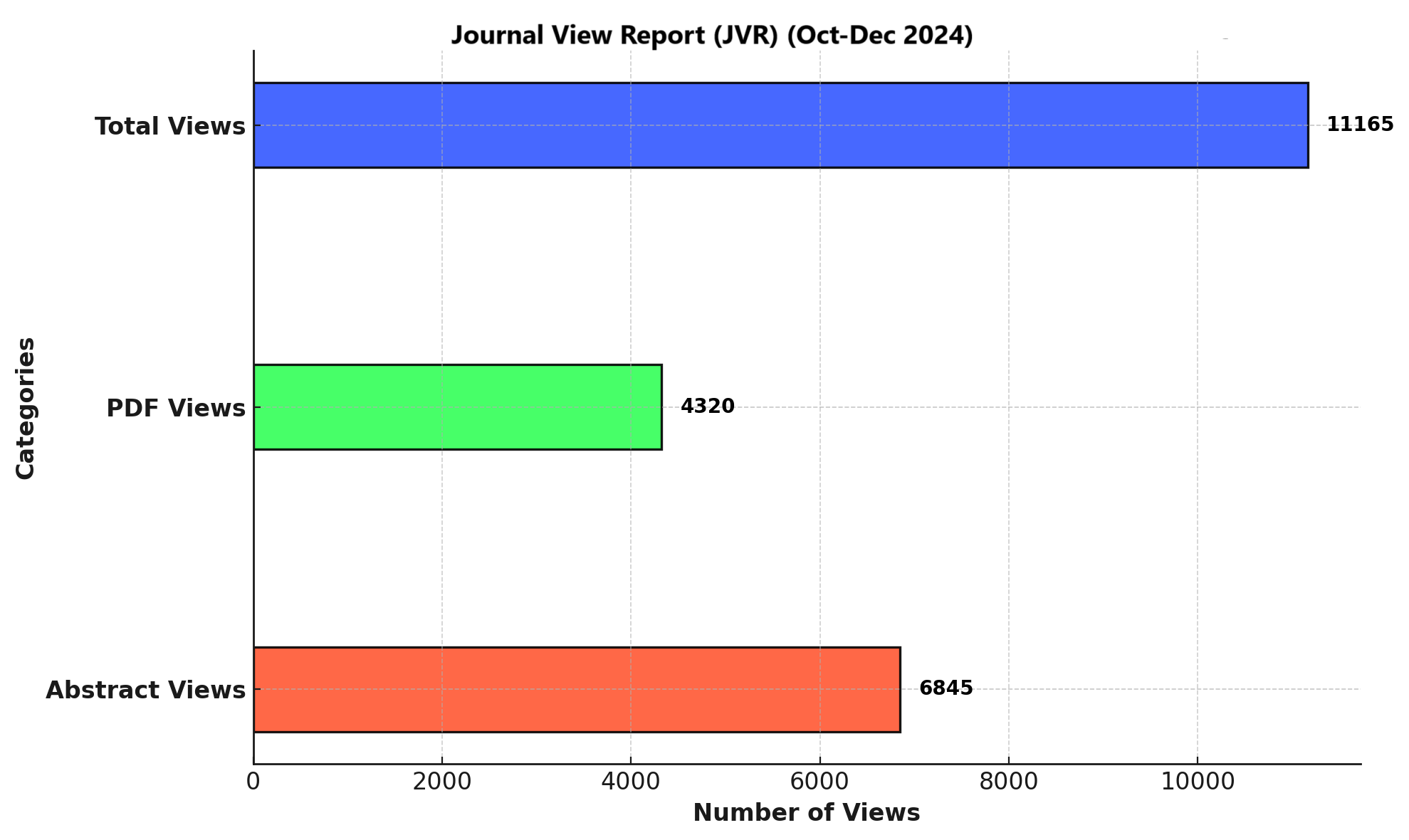FREQUENCY OF MICROALBUMINURIA IN TYPE 2 DIABETICS WITH NORMAL CREATININE CLEARANCE
DOI:
https://doi.org/10.71000/swzca939Keywords:
Diabetes Mellitus, Diabetic Nephropathy, Glycemic Control, Hypertension, Microalbuminuria, Physical ActivityAbstract
Background: Microalbuminuria is an early indicator of diabetic nephropathy and a strong predictor of cardiovascular and renal complications in type 2 diabetes mellitus (T2DM). It reflects early glomerular damage and serves as a marker for worsening renal function. Identifying microalbuminuria at an early stage is essential for timely intervention to prevent progression to overt nephropathy and end-stage renal disease. Several demographic, clinical, and lifestyle factors contribute to its development, necessitating further investigation into its prevalence and associated risk factors in diabetic populations.
Objective: This study aimed to determine the prevalence of microalbuminuria in T2DM patients with normal creatinine clearance and examine its associations with demographic, clinical, and lifestyle factors.
Methods: A cross-sectional study was conducted at a tertiary care hospital among 164 T2DM patients. Data were collected on demographic characteristics, including age, gender, and body mass index (BMI), as well as clinical factors such as duration of diabetes, hypertension, dyslipidemia, smoking status, and glycemic control. Blood pressure and HbA1c levels were recorded. Lifestyle factors, including physical activity and dietary adherence, were assessed through structured questionnaires. Microalbuminuria was detected using a midstream urine sample, analyzed with a dipstick test. Associations between microalbuminuria and independent variables were evaluated using chi-square tests, with a p-value of <0.05 considered statistically significant.
Results: Microalbuminuria was detected in 55 patients, accounting for 33.5% of the study population. There was no significant association between microalbuminuria and gender (p = 0.53) or age (p = 0.28). However, a significant association was observed with diabetes duration, with 32.7% of patients with diabetes for over 10 years having microalbuminuria compared to 22.0% of those with shorter disease duration (p = 0.01). Hypertension was significantly more prevalent in the microalbuminuria group (76.4% vs. 53.2%, p < 0.001). Poor glycemic control (HbA1c >7.0%) was associated with a higher prevalence of microalbuminuria (63.6% vs. 45.9%, p = 0.02). Additionally, a sedentary lifestyle (63.6% vs. 32.1%, p = 0.04) and poor dietary adherence (54.5% vs. 22.9%, p = 0.03) were significantly associated with microalbuminuria.
Conclusion: The study revealed a high prevalence of microalbuminuria among T2DM patients, strongly associated with poor glycemic control, hypertension, and unhealthy lifestyle behaviors. These findings highlight the importance of early screening, lifestyle modifications, and optimized management of diabetes and hypertension to prevent renal complications.
Downloads
Published
Issue
Section
License
Copyright (c) 2025 Fatima Murtaza, Ayesha Aziz, Hammad Ishaq, Ayesha Jahanzeb, Nabeela Sultan, Sher Afgan Raisani (Author)

This work is licensed under a Creative Commons Attribution-NonCommercial-NoDerivatives 4.0 International License.







